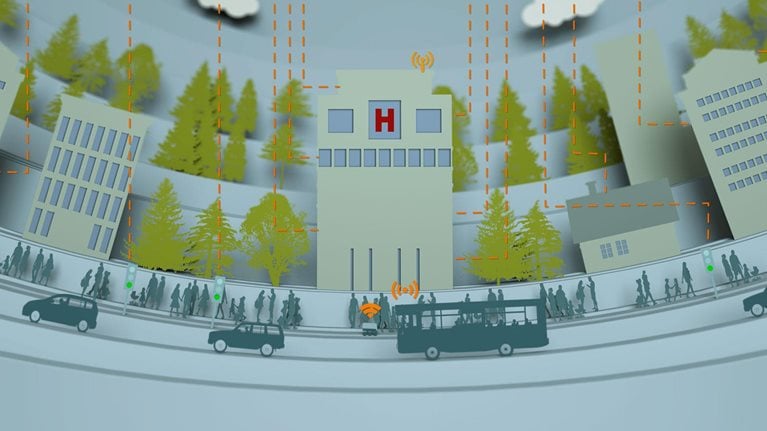While cities in Southeast Asia are primed to take advantages of smart solutions, the breakneck pace has left many struggling to provide adequate services to meet the needs of a surging population. McKinsey Global Institute has identified how Smart Cities could evolve in Southeast Asia and the diverse opportunities each city across the region could capture by making it a reality. The analysis also looks at how the region as a whole can build on these early efforts, benefit from the lessons learned, and make better use of technology to make the urban environment work for the people who inhabit it.
On July 9th at the World Cities Summit in Singapore, over 50 government and industry leaders from ASEAN, who are actively involved in smart city planning and development projects, joined a GII roundtable where MGI’s “Smart Cities in Southeast Asia” discussion paper was launched. It was an invite-only event gathering guests spanning the infrastructure value chain including urban planners, real estate developers, operators, investors, contractors, public sector leaders, mayors etc. The paper was previewed at the roundtable, followed by a short discussion amongst industry leaders from ASEAN. The conversation was moderated by Diaan-Yi Lin, Senior Partner, McKinsey & Company and speakers included Jonathan Woetzel, Leader of McKinsey’s Global Cities Initiative, Cindy Lim, Managing Director of Keppel Urban Solutions and Vivencio B. Dizon, President and Chief Executive Officer of Bases Conversion and Development Authority.
Five key themes emerged during the roundtable conversation:
- Invest in Smart Cities applications. Cities across Southeast Asia are prepared to take advantage of smart solutions. Across the region, spending power, digital literacy and smartphone penetration have improved. Vivencio Dizon highlighted that the Philippines is one of the most connected in the world in terms of Internet penetration, particularly in social media usage. Many of the region’s cities now have the backbone information and communications technology (ICT) infrastructure in place and have begun the process of digitising some government departments and public-facing services. At the same time, many fast-growing cities are a blank canvas where infrastructure can spread, unhindered by outdated technology.
- Understand your city profile to maximize Smart City investment impact. Cities across Southeast Asia have very different starting points and priorities that will shape their deployment of smart solutions. As mentioned by one participant, some cities in the region first require simple solutions that ensure that basic needs such as water and waste management systems are effectively implemented. It is crucial for cities to understand their unique characteristics and needs which will greatly influence the impact of smart solutions.
- Adopt a service mindset to realize Smart Cities opportunities. While urbanization is compelling to Southeast Asia’s economic and human development, both public and private sector need to address the growing environmental stresses and improve resilience to urbanization's challenges. To partner with cities and operate effectively, companies need to adopt the mindset of serving people, not just a market. New business models can also be discovered when these companies look for specific ways to help cities deliver a better quality of life.
- Form strong alliances between the public and private sector. Neither the public nor the private sector can build smart cities alone. Cindy Lim mentioned that instead of the traditional buy and sell approach, private firms should seriously look into co-development opportunities. Technology is reconfiguring traditional roles and divisions of labour between government agencies and private providers. Creative and collaborative partnerships involving governments, private-sector companies, social-sector institutions, and the public alike will enable better solutions and value.
- Utilize smart solutions to address multiple urban challenges. Cities across Southeast Asia have much to gain by becoming “smarter” in their use of technology. Today the needs and aspirations of residents often exceed the public sector’s capacity to provide infrastructure and services. Smart solutions can offer improvements to the capacity, reach, and quality of these systems and services. Although they are only one part of the full tool kit available to cities, digital solutions have been proven to be the most powerful and cost-effective additions to that tool kit in many years.

